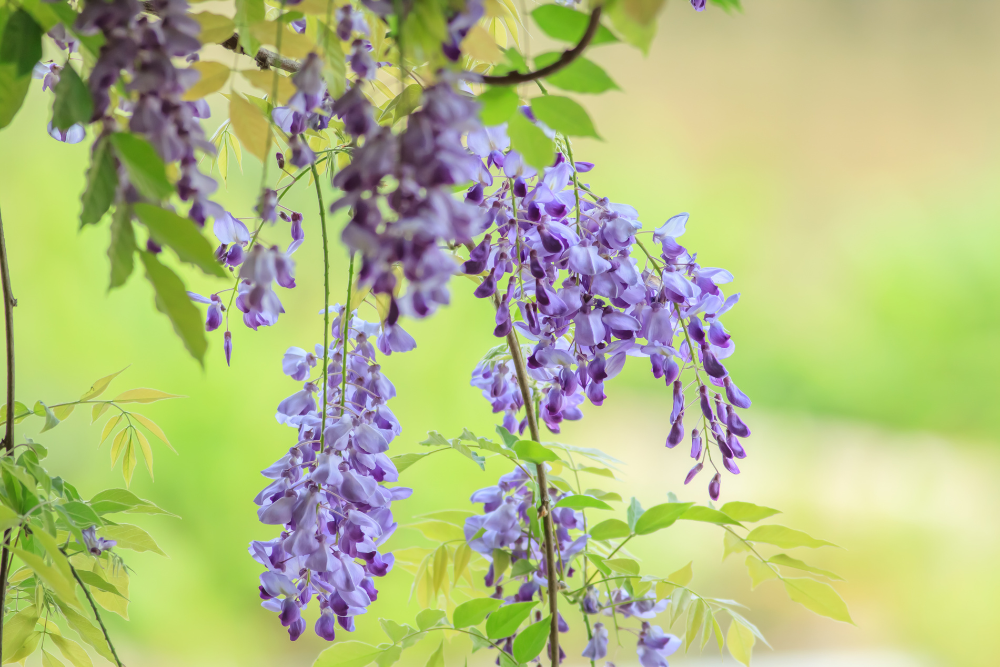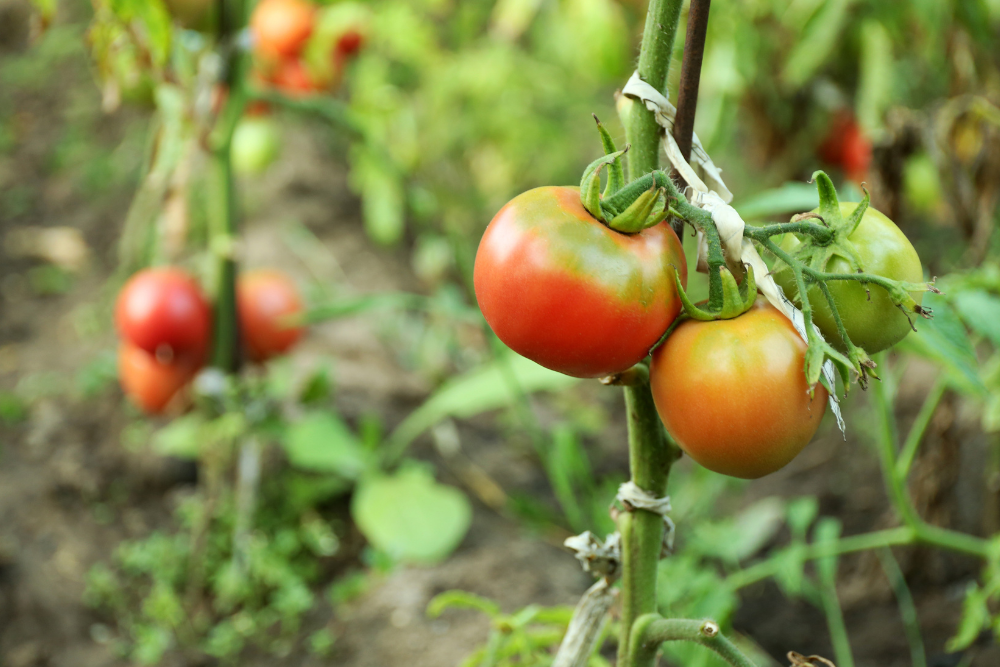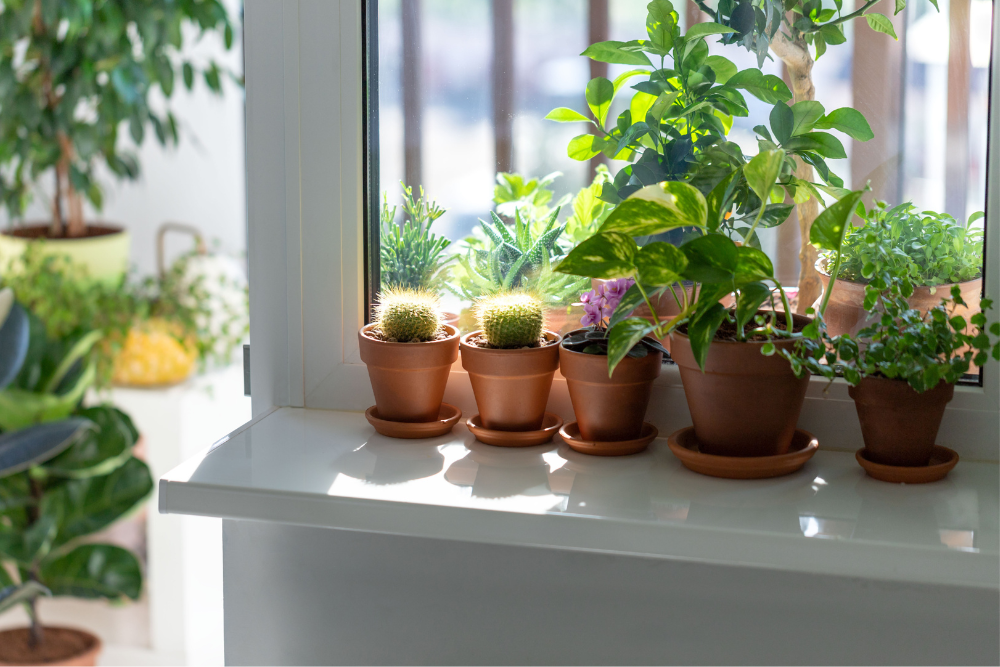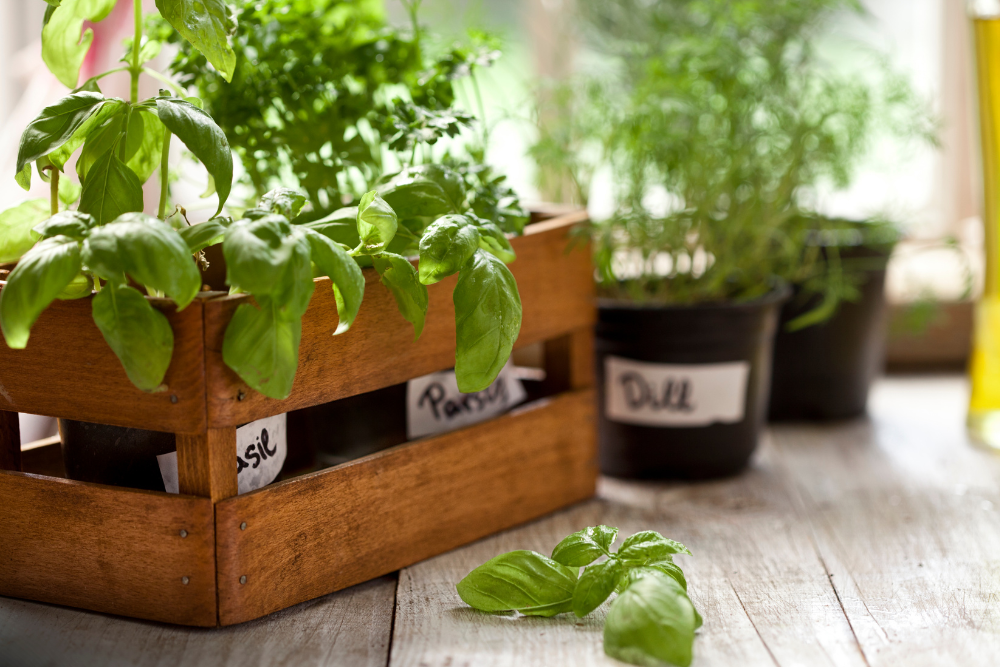.png)
If you have shrubs that have flowered in spring or early summer, they will require pruning to encourage new growth in the following year. It is important not to prune at the wrong time as you may lose the flowers for the following year.
Wisteria
Wisteria needs be pruned twice a year to maintain this beauty. It will require pruning in January or February then again July or August. This will ensure the plant is kept in good shape and size and it will provide a better display when flowering.
Cutting back now – remove the young green stems that have developed this year down to around five leaves after flowering. There is lots to know about Wisteria but if you are new to tending to them, take one step at a time and learn as you go. Don’t be put off from what you may have heard.

Flower care
Other climbers like Jasmine and Honeysuckle need attention too to keep them in control. Trim back lavender now too after flowering. Philadelphus can be cut back to a none flowering side shoot or a bud.
Buddleja is always a favourite of mine to prune. Do this as soon after flowering as possible. Remember the three D’s – dead, damaged or diseased. Also, a third of stems can be removed to rejuvenate the plant, taking care to remove old or weak stems.

Tomatoes
Now is the time you will start to see the fruits of your labour. Regular watering is crucial for good fruit as is feeding. I find watering morning and late afternoon ideal to ensure the soil doesn’t try out.
For cordon indeterminate types, remove lower leaves as they start to yellow, ensure you use a clean knife or secateurs to do this. Cordon types will have required the side shoots removing from when they were planted. I find this very therapeutic, and it really does give you ‘green fingers!’.
Over summer if the tomatoes are growing in a greenhouse you may need to add shading to the glass to ensure the leaves don’t get scorched. Allow good ventilation also to ensure good plant health.

House plant care
Don’t worry too much about watering. Overwatering can be such a mistake, especially for the summer season. It helps to think about the plant in its natural habitat and the conditions it would naturally have.
Allow to almost dry out, then sit the pot in a shallow tray or sink with water that can be drawn up by the plant. Leave them for a while then pick up the pot. You will feel some weight to the pot now. You may be mistaken in thinking the plant has dried out by looking at or feeling the soil, but always push your finger a little into the soil and you may find that it is moist, just the surface is dry.
Misting the plant too is good, especially in the warm weather. It is a must that plants are potted into a plant pot with drainage holes and not directly into a decorative pot.
Until next month where we will be talking about planting spring bulbs, lawn care and what is happening in the veg plot.



